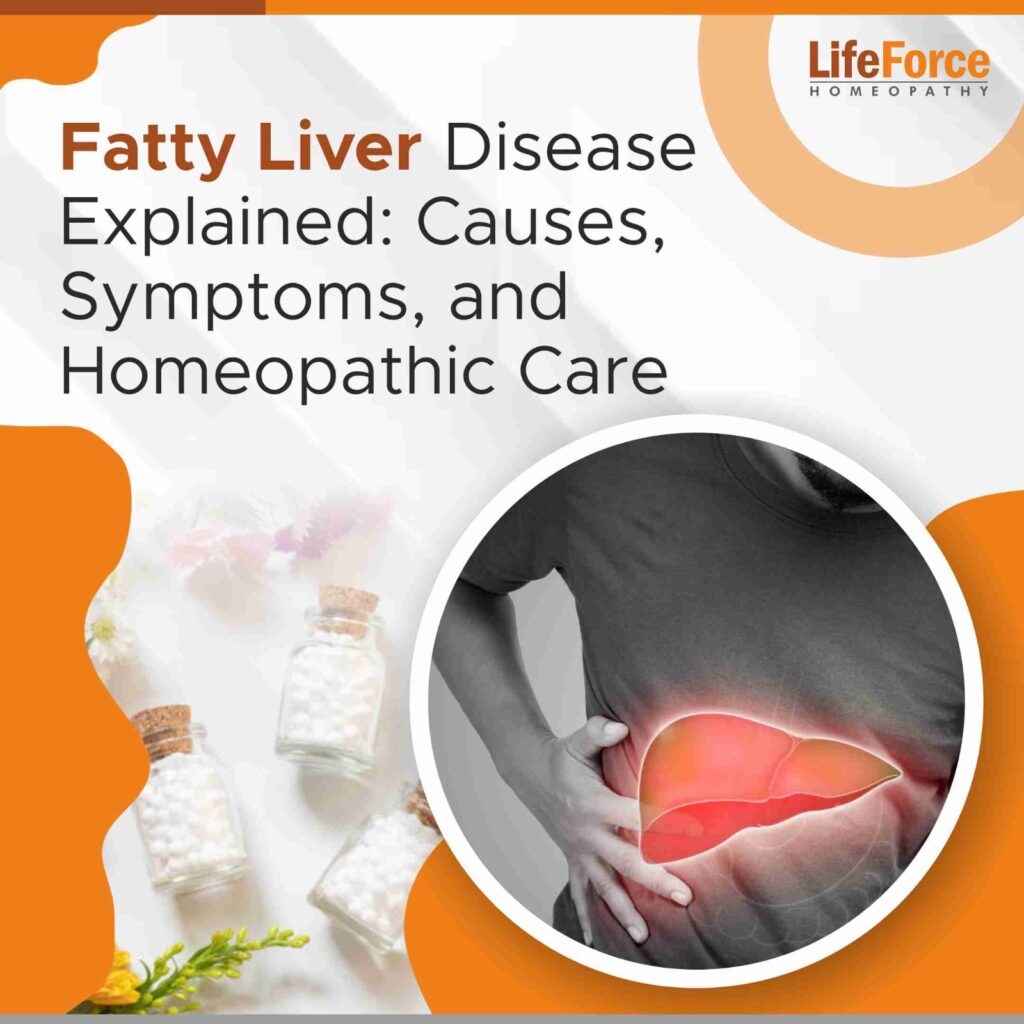A rare skin condition called Urticaria Pigmentosa is characterized by itchy, raised skin lesions that are commonly referred to as hives. Urticaria Pigmentosa is the name given to these lesions, which can vary in color and sometimes leave behind brown pigmentation after they resolve. Many people look to alternative therapies, including homeopathic medicine, for a more gentle and holistic approach, while conventional medicine offers medicines to manage symptoms. We will examine the reasons and triggers of Urticaria Pigmentosa in this blog post, as well as the possible advantages of using homeopathic remedies to cure it.
What is Urticaria Pigmentosa?
A subtype of cutaneous mastocytosis, Urticaria Pigmentosa is defined by an abnormal build-up of mast cells in the skin. The immune system’s mast cells are essential for the body’s reaction to allergens. But in people with Urticaria Pigmentationosa, mast cells overproliferate, resulting in recognizable skin sores.
Urticaria Pigmentosa Causes
● Genetic Factors
Individuals suffering from this ailment have been shown to have mutations in specific genes, including KIT. These genetic variables may have a role in the aberrant growth and build-up of mast cells in the skin.
● Immune System Dysfunction
Urticaria Pigmentosa may also arise as a result of an overactive immune system. The immune system’s reaction to specific stimuli may cause mast cells to release substances like histamine, which can cause hives.
● Hormonal Changes
Urticaria Pigmentosa may vary in severity depending on hormonal changes that take place, such as those that happen during puberty or pregnancy. When hormones fluctuate, some people may experience changes in their symptoms.
● Mutations in Mast Cell Regulation
Urticaria Pigmentosa may arise as a result of mutations that impact the control of mast cells. Mast cells typically release chemicals like histamine as part of the immunological response. Skin lesions are caused by an aberrant increase in mast cells in Urticaria Pigmentosa.
While these variables are linked to Urticaria Pigmentosa, it’s crucial to remember that the precise interactions between genetic and environmental factors are complicated and can differ from person to person. Furthermore, Urticaria Pigmentosa is a type of mastocytosis, a group of illnesses characterized by an unnatural proliferation of mast cells.
Urticaria Pigmentosa Triggers
● Physical Triggers
Histamine is released from mast cells in response to specific physical stimuli, which can cause hives. Physical triggers frequently encountered include pressure, friction, and sunlight exposure. Controlling the symptoms of Urticaria Pigmentosa can be achieved by being aware of and avoiding certain triggers.
● Emotional Stress
Incorporating stress management strategies, such as meditation and yoga, may be good for persons living with Urticaria Pigmentosa since it is well-known that stress impairs the immune system and exacerbates the symptoms of numerous skin illnesses.
A physical examination, a skin sample, and, in certain situations, genetic testing to find particular mutations are often used in the diagnosis of Urticaria Pigmentosa. Although Urticaria Pigmentosa has no known cure, there are a number of therapy options that try to control symptoms, such as corticosteroids and antihistamines. In certain cases, people may look into complementary therapies like homeopathy to treat the illness more comprehensively. As with any medical problem, seeking the advice of healthcare specialists is essential for an accurate diagnosis and suitable therapy plans catered to the specific needs of the patient.
Homeopathy for Urticaria
A holistic medical approach, homeopathy treats the patient as a whole, taking into account all elements of their health—mental, emotional, and physical. Some urticaria sufferers report that homeopathic treatment relieves their symptoms, despite the fact that there is little scientific evidence to support homeopathy’s effectiveness. Individual reactions to homeopathic medicines can differ, thus it’s vital to remember that seeking the advice of a trained homeopathic practitioner is essential for individualized care.
Urticaria Homeopathic Medicine
● Apis Mellifica
This treatment, which comes from honeybees, is frequently used to treat urticaria and other skin disorders. When there is severe burning, itching, and swelling in the affected area, it might be advised. There can be a stinging sensation and redness on the skin.
● Urtica Urens
To make this cure, a stinging nettle is used. It is frequently applied on hives that cause excruciating itching and burning feelings. For urticaria brought on by allergic responses or exposure to specific substances, Urtica Urens may be advised.
● Natrum Muriaticum
When treating chronic urticaria—especially when it is brought on by sun exposure—natrum muriaticum is frequently taken into consideration. This medication may cause hives that are itchy, hot, and blister-prone in those who need it.
● Rhus Toxicodendron
This medicine, made from poison ivy, is frequently applied to urticaria and other skin disorders. When there is severe burning and itching and you need to move around a lot or change positions to get relief, it might be advised.
● Sulphur
One common treatment for chronic urticaria, which causes burning, itching, and redness, is sulphur. If washing and heat exacerbate symptoms, and recurrence of skin problems is common, it might be advised.
● Graphites
When treating urticaria that tends to produce a thick, oozing, sticky discharge, graphites may be taken into consideration. When there is a general propensity to be overweight and the skin eruptions are worse at night, it is frequently advised.
It is important to stress that the choice of remedy in homeopathy, urticaria pigmentosa treatment is highly individualized and contingent upon the particular symptoms and constitution of the patient. It’s imperative to speak with a licensed homeopathic practitioner to choose the right treatment and dosage. Furthermore, even though homeopathic treatment may be helpful for some people, it’s crucial to combine it with other comprehensive methods of treating urticaria, such as dietary changes and, if required, traditional medical measures. Always seek advice from medical professionals to guarantee a safe and efficient treatment strategy.
The peculiar elevated lesions and pigmentation of Urticaria Pigmentosa present special difficulties for those who have it. While traditional medical treatments concentrate on treating symptoms, many people go into complementary therapies like homeopathic medicine in search of a more comprehensive solution. Comprehending the origins and catalysts of Urticaria Pigmentosa is imperative for efficient handling, and homeopathy’s customized technique could present a viable path for individuals searching for mild and organic treatments. To create a thorough and unique treatment plan, it is crucial to speak with medical professionals about the issue in question.




